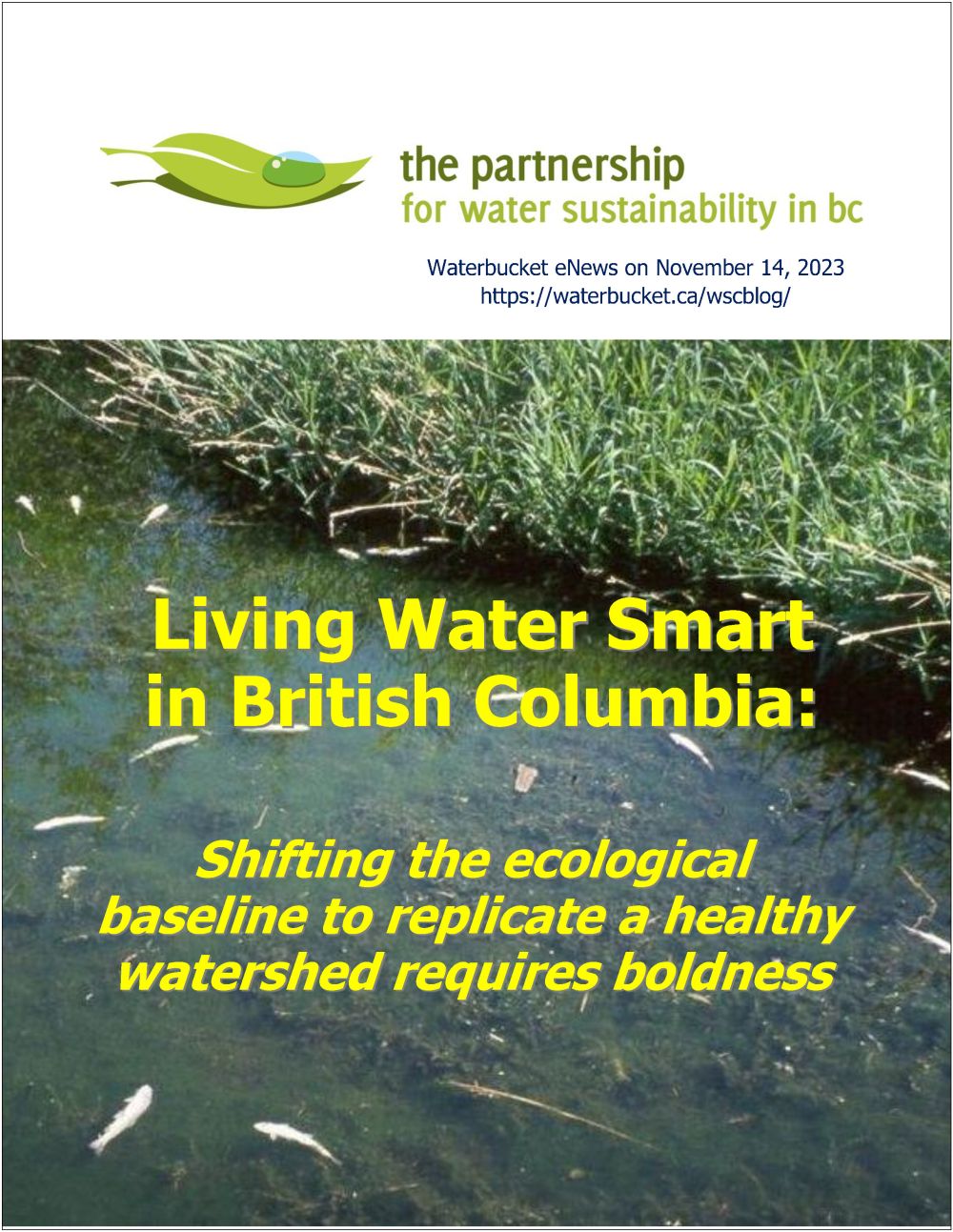DESIGN WITH NATURE TO RESTORE STREAM HEALTH: “We need to be open to change and learning from nature. We also cannot work in silos. Our best progress comes from working together and solving issues together,” stated Carrie Baron, former Drainage Manager with the City of Surrey
Note to Reader:
Published by the Partnership for Water Sustainability in British Columbia, Waterbucket eNews celebrates the leadership of individuals and organizations who are guided by the Living Water Smart vision. The edition published on November 14, 2023 featured Carrie Baron. Leadership and innovation defined her professional career as Drainage Manager at the City of Surrey from 1997 through 2021. Carrie Baron has consistently been on the leading edge in advancing green infrastructure and protecting stream health.

Shifting the ecological baseline to replicate a healthy watershed requires boldness
Carrie Baron has always been a trailblazer. There were few women in engineering when she graduated in the mid-1980s. Leadership and innovation defined her professional career as Drainage Manager at the City of Surrey from 1997 through 2021.
When senior governments cut programs in the 2000s and downloaded responsibilities to local government, the City of Surrey and Carrie Baron stepped up. Her passion and commitment garnered internal support at Surrey to fund data collection and performance monitoring programs. These advanced science-based understanding.
Carrie Baron could always be counted upon to lend her credibility to a good idea. Her efforts helped get multiple regional, intergovernmental, and inter-regional initiatives off the ground. Her record of involvement as a champion of intergovernmental collaboration speaks volumes.
Carrie Baron stands out for another reason. In this era of organizational amnesia and loss of oral history, Carrie Baron and her contemporaries planned ahead, and Carrie successfully passed the intergenerational baton to Samantha Ward as Drainage Manager. This story features both individuals.
Passing of the intergenerational baton
“Surrey is a large organization serving a large population. Surrey has always run a lean operation,” comments Samantha Ward who has been with the City for a decade.
“The benefit is that, even though you are wearing a certain hat or title, there are a half-dozen people in the organization who have similar experience or expertise in the same area as you. And it is no big deal to go down the hall and chat with that person.”
“I think that is part of passing the baton piece; I am able to learn from others and we can solve issues together.”
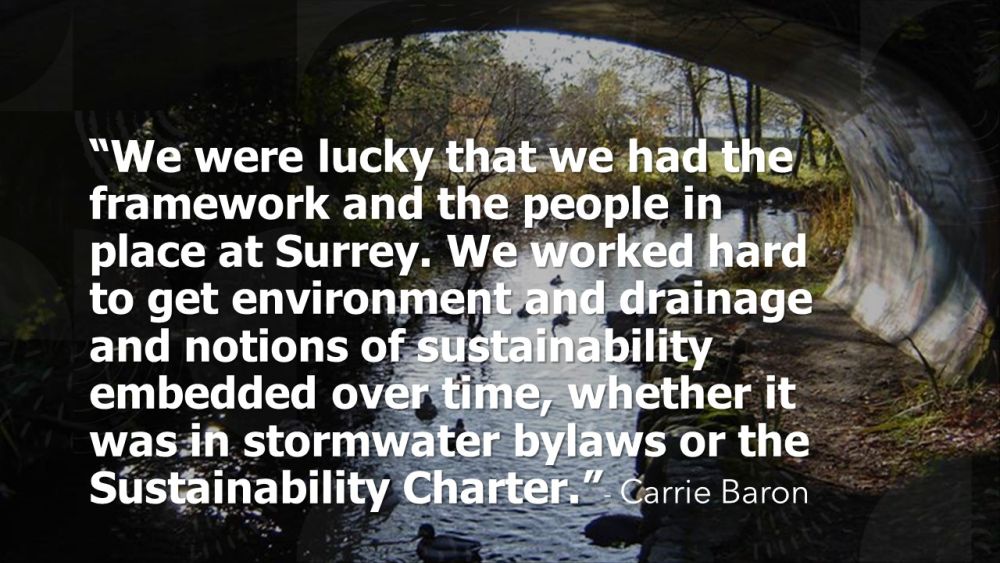
EDITOR’S PERSPECTIVE / CONTEXT FOR BUSY READER
“In my experience, three words define Carrie Baron’s engineering career: leadership, innovation and science. Carrie Baron has consistently been on the leading edge in advancing green infrastructure and protecting stream health. She is passionate about learning by doing,” stated Kim Stephens, Waterbucket eNews Editor and Partnership Executive Director.
“Both Carrie Baron and Samantha Ward are valuable sources of oral history. To provide the interested reader with a fuller picture, the complete interviews are included as an appendix to the downloadable version of this edition of Waterbucket eNews.”
Improve planning and engineering practices
- undertaking original and science-based research,
- doing demonstration applications, and
- hosting “convening for actions” forums for peer-based learning on multiple occasions.”
“Carrie Baron played a leadership role in getting multiple intergovernmental initiatives off the ground. Among her many contributions that earned Carrie recognition as a Lifetime Member of the Partnership, three stand out:
- founding partner in the Water Balance Express program.
- founding representative for the Metro Vancouver region in the Georgia Basin Inter-Regional Education Initiative (IREI); and
- hosting and co-developing the curriculum for the Course on the ISMP Course Correction.”
“The other municipality is the District of North Vancouver where Richard Boase is the champion. He and Carrie Baron collaborated to provide peer-based learning. But that is a story for another day.”
Quotable Quote:
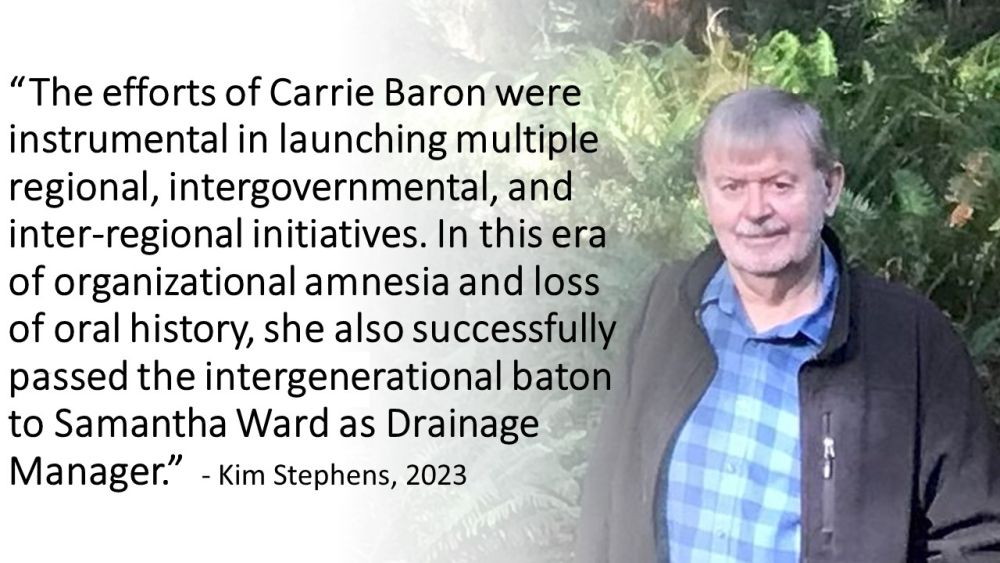
Story of the Metro Vancouver region’s Green Infrastructure Journey (1997-2023)

“This legacy resource will be published early in 2024. There is so much oral history to be documented. It is a story that begins in 1997 with passage of the Fish Protection Act. However, the genesis is actually the 1970s. Thus, the story is truly intergenerational in nature,” concludes Kim Stephens.

STORY BEHIND THE STORY: Shifting the ecological baseline requires boldness – conversations with Carrie Baron and Samantha Ward about their Surrey experience
“When I reflect on my career, it is with a sense of satisfaction because of the enjoyable opportunities I had to work on a variety of issues. These opportunities allowed me to push forward science and incorporate new ideas and concepts,” says Carrie Baron.
“Our society is always changing, and we need to be open to change and learning from nature. We also cannot work in silos. Our best progress comes from working together and solving issues together. Younger staff also need to move forward with their ideas and concepts.”
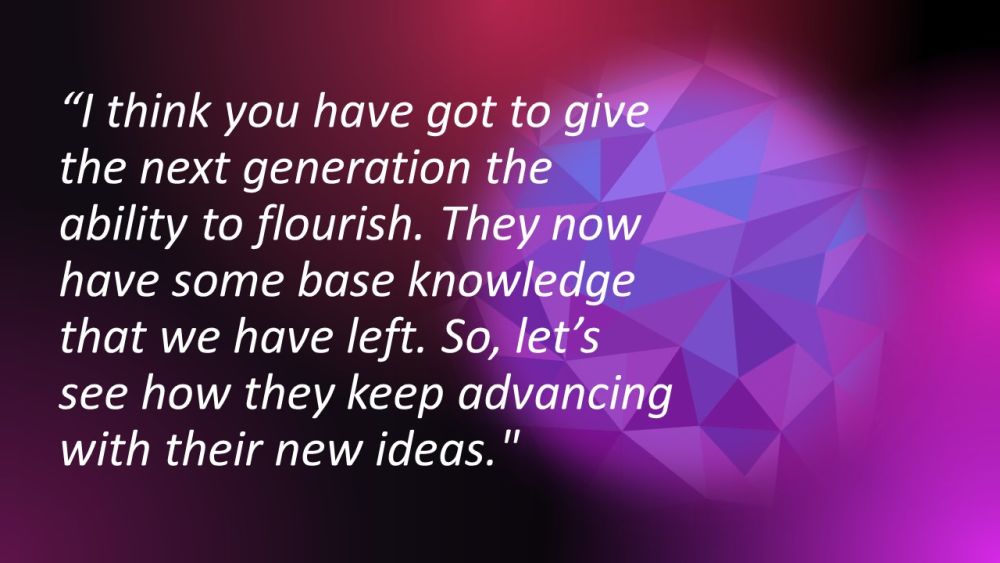
Passing of the intergenerational baton
When Carrie Baron retired in 2021, she passed the drainage baton to Samantha Ward.
“Samantha had worked as a drainage consultant for years before joining Surrey in 2014 as an Infrastructure Program Manager. Once she joined Surrey, she saw the bigger picture through the Neighbourhood Concept Plans (NCPs) because she was coordinating all the engineering pieces.”
“When Samantha succeeded me, she already had the bigger picture. So, I did not need to teach her. She has a really good background as a result of reviewing all the ISMPs (i.e., integrated stormwater management plans) completed in the Metro Vancouver region during the first decade. Now it is a matter of where she wants to take things.”

Biodiversity Conservation Strategy –
guidance for watershed actions
|
|
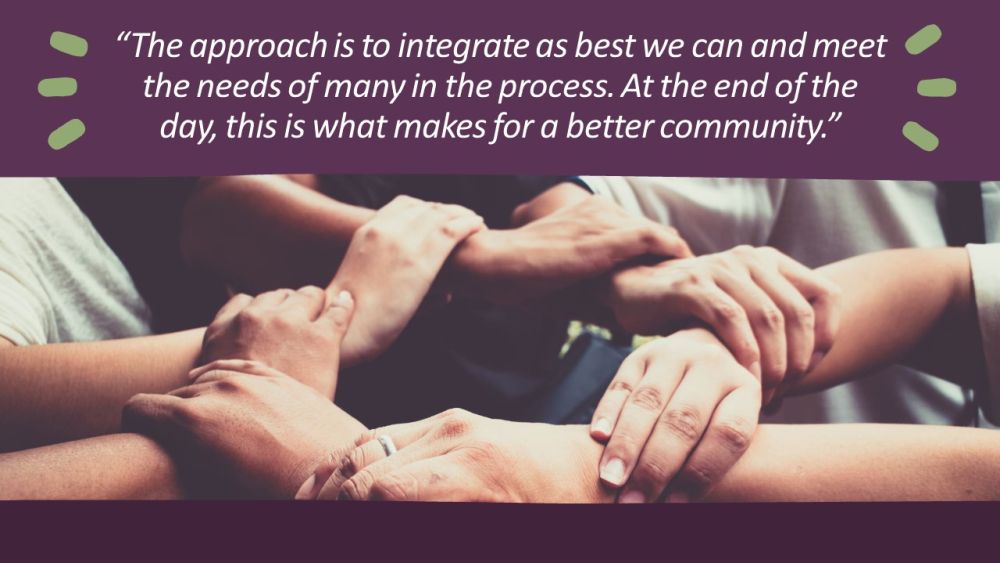
|
|
|

What it means to have a mindset of taking risks
and it being okay to fail
|

“Other communities may not have the people, resources and budget. So, they may not have the same flexibility that we might have.”
Nature-based Foreshore Enhancements
“We have been fortunate to have political support to allow us to try things. The Living Dyke project on the coast is a current example. We are trying four different concepts. We do not know how well they will perform.”
“The intent is to figure out what works and what does not. Then we can adapt as we move forward. To be successful, you need that work environment where you have the support to be able to try,” concludes Samantha Ward.
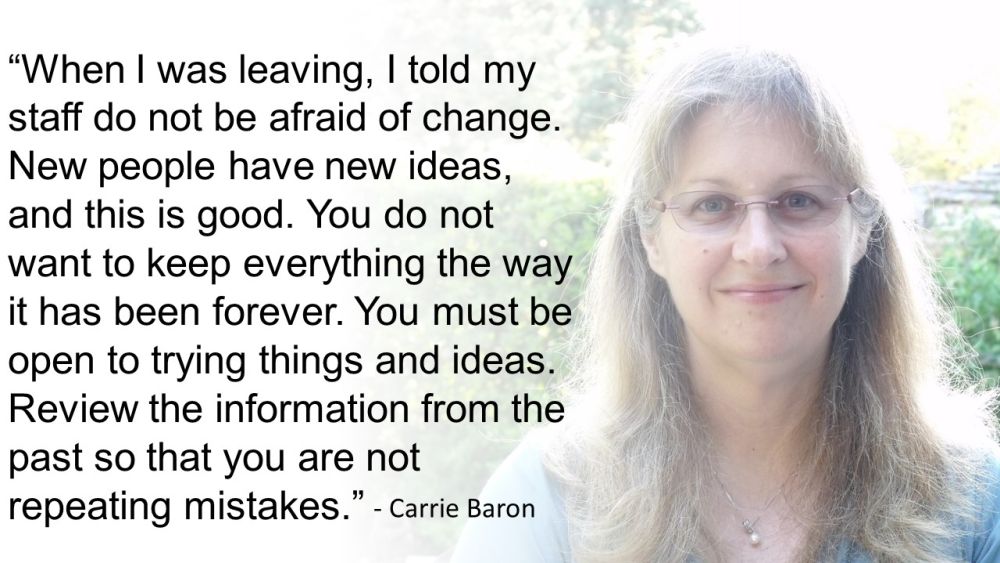
To Learn More:
To read the complete story, download a copy of Living Water Smart in British Columbia: Shifting the ecological baseline to replicate a healthy watershed requires boldness. The downloadable version includes a Bonus Feature – the complete interviews with Carrie Baron and Samantha Ward.
DOWNLOAD A COPY: https://waterbucket.ca/wcp/wp-content/uploads/sites/6/2023/11/PWSBC_Living-Water-Smart_Carrie-Baron-on-green-infrastructure-evolution-in-Surrey_2023.pdf


